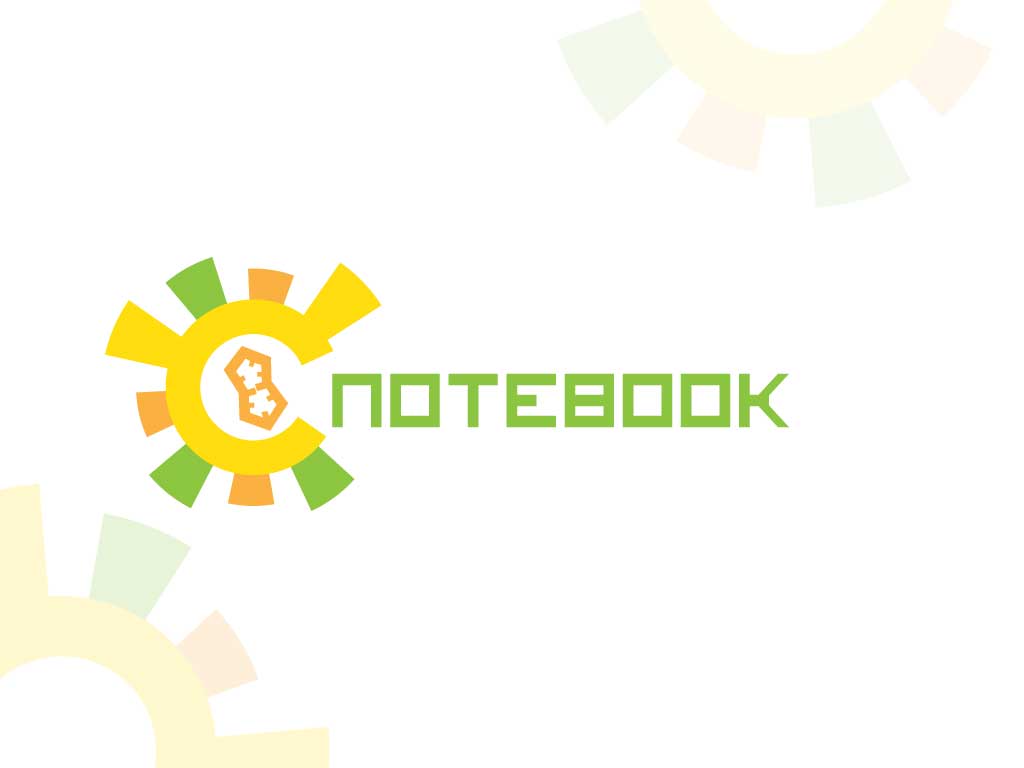Team:Shenzhen/Notebook
From 2012.igem.org
(Difference between revisions)
| Line 24: | Line 24: | ||
<div class="context"> | <div class="context"> | ||
<h5>Team History</h5> | <h5>Team History</h5> | ||
| + | |||
| + | <UL> | ||
| + | <LI>March 12th, 2012 </li> | ||
| + | <P>Events:</P> | ||
| + | <P>March 12th. The first iGEM meeting was a very serious one, and there were only 5 members: Kang Chen Zhang Ou and Gong ,respectively.</P> | ||
| + | <P>We decided to build a list about the whole previous iGEM projects and divided it into five parts: America for Kang and Chen, Europe for Zhang and Ou, Asia for Gong. All of us were in charge of scanning the projects, summarized them and gave the other members a brief description. Each one for one minute.</P> | ||
| + | </UL> | ||
| + | <UL> | ||
| + | <LI>March 15th – April 13th, 2012 | ||
| + | <P>Events:</P> | ||
| + | <P>Though a recruitment talk with the other classmate in BGI, nearly 20 students and two instructors became members of us. We established a team consisted of eight schools—SCUT, SCNU, SCU, UESTC, WHU, HUST, SEU, UST.</P> | ||
| + | <P>We continued to sum up the projects from 2008 to 2011, and in the meanwhile, we separated the whole into more parts and assigned to the other members.</P> | ||
| + | <P>Finally, we finished the summary. </P> | ||
| + | <P>And we also discussed what we should do, we originally put up with 4 schemes: Schrodinger’s cat—randomly producing 0 and 1; Density sensing application--based on the result of JIandong Wang’s research; Christmas tree—sparks different colors ceaselessly; Yeast artificial organelle—transform mitochondria into a biofactory. The former 3 projects were gave up due to the similarity to the previous iGEM projects. We lay down our consideration on Yeast artificial organelle.</P> | ||
| + | <P>Chen Yu search more articles about mitochondria transgene and mitochondrial signaling pathways he can and pack it as a file of endnote.</P> | ||
| + | <P>We clarify our projects as a combination of five modules: NAD+/NADH Sensor, self-killer, post-invader, sel-control transporter and artemisinin producer.</P> | ||
| + | <P>We divided our group into five parts according to the modules and select two members of each modules to make up two new squads—modeling construction and lab experiments.</P> | ||
| + | </UL> | ||
2012/3/7 | 2012/3/7 | ||
MISSION START | MISSION START | ||
Revision as of 08:44, 26 September 2012
 "
"






























